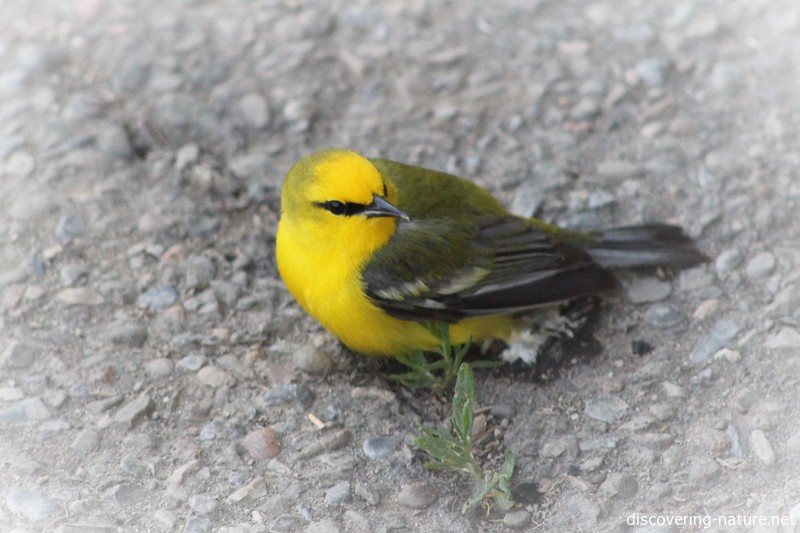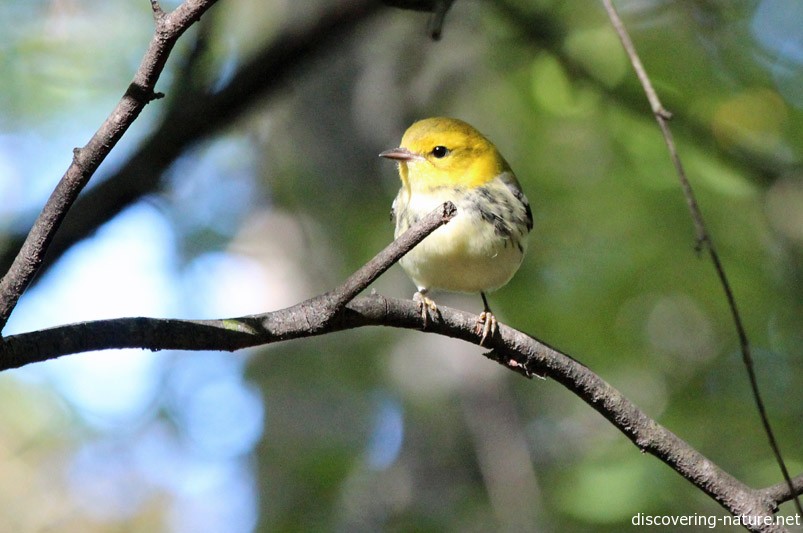Spring songs

My camera is off to a Canon service center to get its autofocus repaired. Some internal problem keeps it from getting sharply focused images. That leaves me with eyes, binoculars, and ears for processing the season.
It’s a blessing in a way, because I’ve been reminded of how much I’ve learned about my place since I started paying attention. Just listening out the windows and around the yard, I’ve heard:
- Rose-breasted grosbeaks
- Orioles
- Catbirds
- A veery
- A hermit thrush
- A chestnut-sided warbler
- Chickadees
- House wrens
- Carolina wrens
- Robins
- Titmice
- Nuthatches
- Blue jays
- Cardinals
- A blue wing
- Song sparrows
- Chipping sparrows
- White-throated sparrows
At a friend’s house, I added:
- An oven bird
- A common yellow throat
- A field sparrow
It’s quite the symphony. Other birds — cedar waxwings, ruby-throated hummingbirds, juncoes, white crowned sparrows, and yellow-rumped and blackburnian warblers — also have songs, but they are often so high pitched that I don’t notice them. They tend to blend in with other kinds of sounds in the neighborhood. I’ve seen these birds here too in recent days, either passing through on their way northward or settling in and staking their territorial claims.
How many other creatures are there out there that I’m not aware of yet? Before learning these birds, the spring brought an indistinguishable barrage of sound, but without knowing who was contributing what songs it was not “readable” or “hearable.” Now I recognize it as intricate orchestral score that showcases the individual themes of any number of birds singing simultaneously, calling and responding to establish property lines, attract mates, or stay together in migration.
The more you look, the more you see — and hear.



2 Comments
Karl Zedell Sr.
Beautiful Janet, but how did you learn all their songs?
.
Janet
Took pictures of the birds, looked them up in the bird book, and looked up their songs on All About Birds.